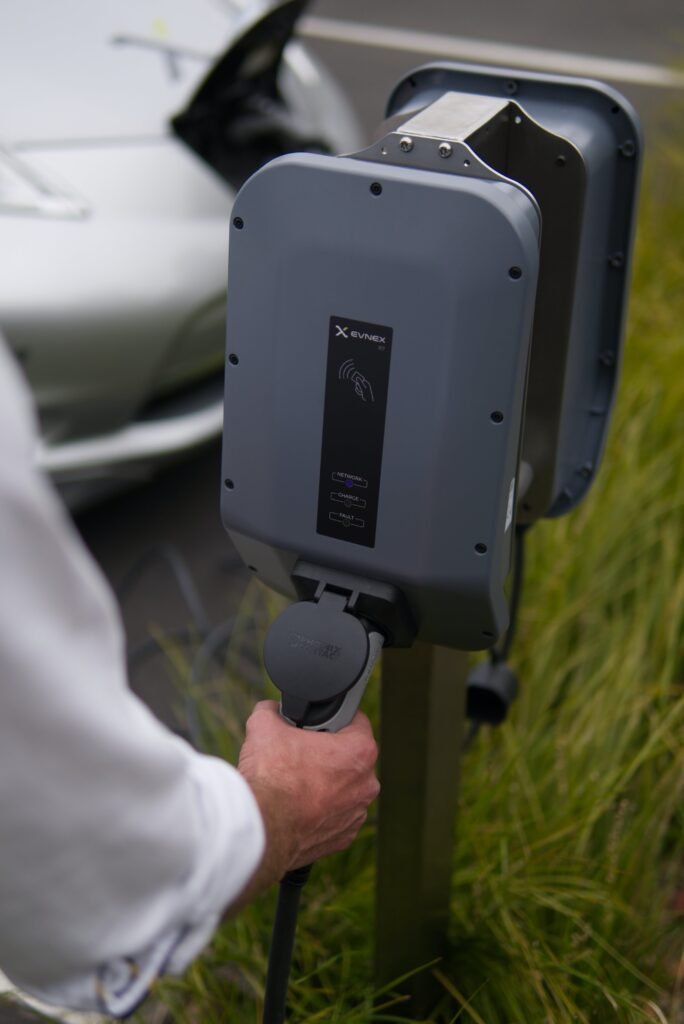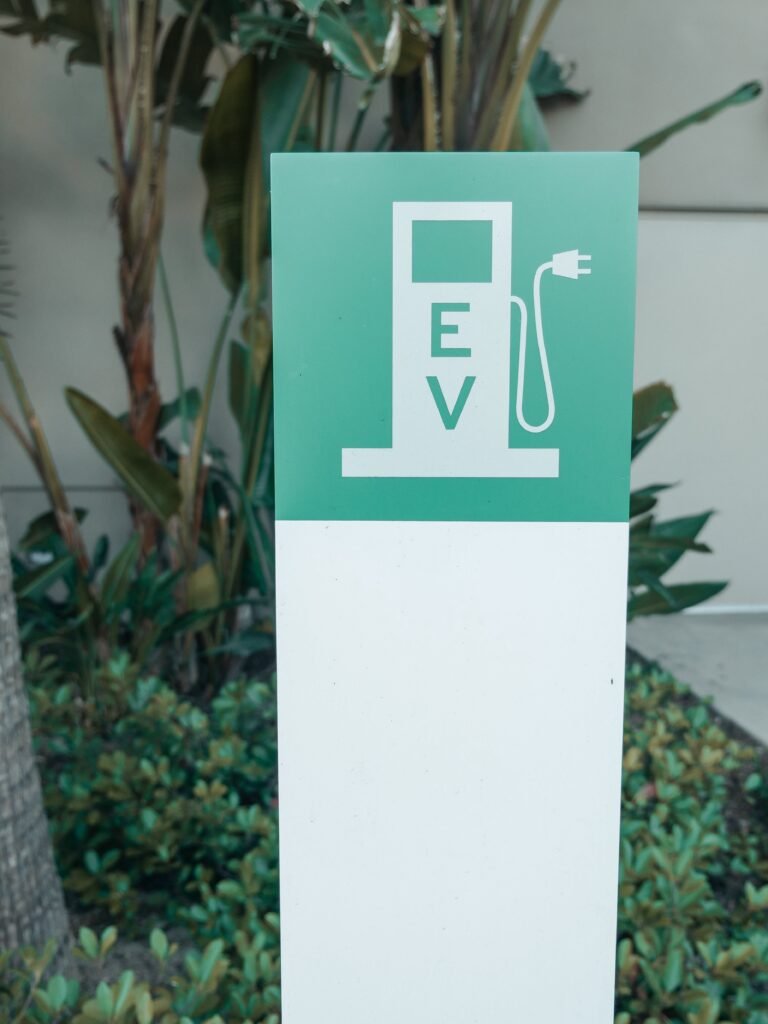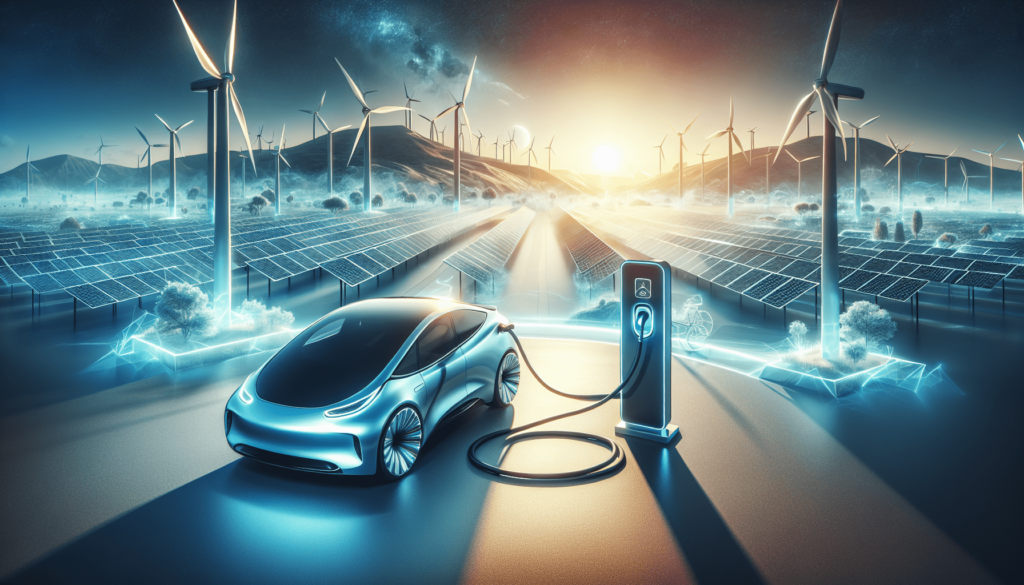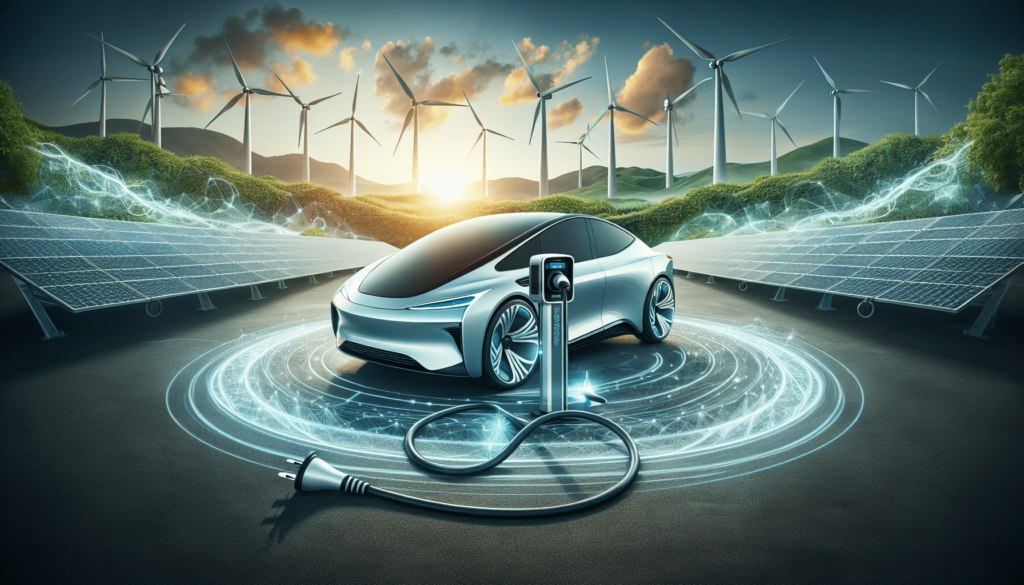In 2024, it seems like everyone’s buzzing about the explosive growth of the electric vehicle (EV) industry. You might be asking yourself, “What’s fueling this surge?” Well, it turns out that government policies could be playing a significant role in propelling the EV market to new heights. From tax incentives to infrastructure investments, let’s unpack how these strategies are potentially shaping a more electric future on our roads.

Overview of the EV Industry in 2024
Current Market Size and Growth Projections
In 2024, you’re part of an evolving narrative where electric vehicles (EVs) are not just a niche market but a burgeoning industry. The EV market size has reached unprecedented levels, showing double-digit growth year on year. Projections are optimistic, suggesting that EVs might dominate automotive sales by the end of the decade. This surge is driven by a combination of consumer demand for cleaner transportation, technological advancements, and, significantly, governmental policies supporting EV adoption.
Key Players and Emerging Startups
As for who’s leading the charge, traditional automotive giants have pivoted to EV production, joining ranks with established EV manufacturers. These key players are continuously innovating, but what’s really exciting is the influx of startups entering the market. These nimble newcomers are pushing the boundaries of EV technology, from battery life to autonomous driving features, proving that the EV industry is as competitive as ever.
Technological Advancements and Barriers
In terms of tech, there’s plenty to talk about. Battery technology has seen leaps in energy density and charging speeds, making EVs more appealing than ever. However, it’s not all smooth sailing. There are barriers, such as the high upfront cost of EVs and concerns over battery recycling and lifespan, that both manufacturers and governments are hustling to address.
Federal Incentives for EV Manufacturers
Tax Credits and Subsidies for EV Production
You’re probably aware that manufacturing EVs isn’t cheap. To ease the burden, the government has rolled out tax credits and subsidies aimed at reducing the production costs. This financial support not only makes it feasible for companies to scale up but also fosters innovation in the EV space.
Research and Development Grants
Beyond production, there’s a significant investment in the future of EV technology. The government is backing this vision with grants for research and development. These funds are a lifeline for projects focused on enhancing EV efficiency, safety, and sustainability.
Public-Private Partnership Initiatives
The journey toward electrification isn’t one to be walked alone. Recognizing this, there are initiatives encouraging partnerships between the public sector and private companies. These collaborations are crucial for pooling resources and expertise to tackle the EV industry’s challenges head-on.
Consumer Incentives for EV Adoption
Tax Rebates and Exemptions for EV Purchasers
Let’s talk perks. Buying an EV comes with its set of financial incentives, like tax rebates and exemptions, making it more attractive to make the switch. These benefits are a nudge for consumers sitting on the fence, helping to offset the higher purchase price of EVs compared to traditional vehicles.
Reduced Registration and Toll Fees
The savings don’t stop there. EV owners often enjoy reduced registration and toll fees, adding to the long-term cost benefits of going electric. These incentives not only lighten the load on your wallet but also underscore the commitment to encouraging EV adoption.
Grants for Home Charging Station Installation
And, to sweeten the deal, there are grants available for installing home charging stations. This initiative addresses one of the primary concerns potential EV owners have: charging accessibility. By supporting home charging infrastructure, the transition to EV becomes a whole lot easier.
Infrastructure Development Policies
Investment in Charging Station Networks
On the infrastructure front, there’s a nationwide push to expand the charging station network. This development is crucial for eliminating range anxiety and making EVs a viable option for more people. Significant investments are being made to ensure that charging stations are more widespread and convenient.
Legislation for New Constructions to Be EV-Ready
Looking ahead, new legislation mandates that new constructions come EV-ready. This foresight ensures that the future infrastructure is prepared for the increasing influx of EVs, highlighting a commitment to a long-term EV ecosystem.
Upgrades to Electrical Grids to Support EV Charging
Amid all this, it’s crucial to consider the electrical grid’s capacity. Upgrades are underway to fortify the grid, ensuring it can handle the demand surge from widespread EV charging. This step is essential for maintaining reliability and supporting the sustainable growth of the EV market.

Environmental Regulations and EVs
Emission Standards Driving EV Adoption
Talking green, emission standards have tightened, making EVs not just an option but a necessity for manufacturers. These regulations are a clear signal from the government, pushing the automotive industry toward cleaner, more sustainable practices.
Mandates for Government and Commercial Fleets to Include EVs
In a move to lead by example, there are now mandates for government and commercial fleets to integrate EVs. This not only boosts EV numbers but also showcases the government’s commitment to transitioning to cleaner transportation modes.
Restrictions on Internal Combustion Engine Vehicles in Urban Areas
Urban planning is also getting an EV-friendly makeover, with restrictions being placed on internal combustion engine vehicles in certain areas. These measures encourage EV adoption and underscore the broader shift towards sustainability and reducing urban pollution.
Trade Policies Affecting the EV Industry
Tariffs on Imported EVs and Components
In the global arena, tariffs on imported EVs and components have been a hot topic. These policies aim to encourage domestic production and protect local manufacturers but have sparked debates on their long-term impact on the EV market’s globalization.
Trade Agreements Facilitating EV Technology Exchange
On a more collaborative note, trade agreements have been established to facilitate the exchange of EV technology and components. These agreements are essential for fostering innovation and ensuring that advancements in the EV space are shared globally.
Export Incentives for Domestically Manufactured EVs
And to support homegrown industries, there are export incentives for domestically manufactured EVs. This policy not only boosts the local economy but also positions the country as a leader in the global EV market.

Workforce Development Programs
Training Programs for EV Manufacturing and Maintenance
As the EV industry grows, so does the need for a skilled workforce. Training programs focused on EV manufacturing and maintenance are being rolled out to equip workers with the necessary skills. This initiative ensures that the workforce evolves alongside the industry.
Scholarships and Internships in EV Technology Fields
For those looking to dive into the world of EV technology, there are scholarships and internships available. These opportunities are gateways for young professionals to contribute to and benefit from the industry’s growth.
Job Placement Assistance in the EV Industry
And once you’re ready to jump into the workforce, there’s job placement assistance waiting for you. This support bridges the gap between training and employment, ensuring a smooth transition for those entering the EV industry.
Public Awareness and Education Campaigns
Government-Sponsored EV Showcases and Expos
Awareness is key, and what better way to spread the word than through EV showcases and expos? These government-sponsored events are a platform for displaying the latest in EV technology, offering a hands-on experience to the public.
Educational Materials on EV Benefits and Operation
To complement these events, a slew of educational materials are available. These resources cover the benefits and operations of EVs, addressing common misconceptions and providing clear, accessible information to the public.
Partnerships with Influencers and Celebrities to Promote EVs
And because everyone loves a bit of star power, there are partnerships with influencers and celebrities to promote EVs. These collaborations leverage their vast reach to highlight the perks of going electric, making the EV conversation mainstream.

International Cooperation on EV Policy
Cross-border EV Charging Infrastructure Projects
Looking beyond borders, there’s momentum in cross-border EV charging infrastructure projects. These initiatives ensure that EV drivers can travel seamlessly between countries, illustrating a shared commitment to fostering an interconnected, EV-friendly world.
International Standards for EV Technologies and Components
On the technical side, efforts are underway to establish international standards for EV technologies and components. This standardization is crucial for compatibility and safety, paving the way for a cohesive global EV market.
Global Agreements on EV Emissions and Efficiency
And in the spirit of global cooperation, there are agreements on EV emissions and efficiency. These pacts are a testament to the world’s unified stance on combatting climate change through the adoption of cleaner, more efficient vehicles.
Challenges and Controversies in EV Policy
Debate Over the Adequacy and Fairness of EV Incentives
Not everything is smooth sailing, though. There’s ongoing debate over whether the current EV incentives are adequate and fair. Critics argue that more needs to be done to make EVs accessible to all, while proponents believe the existing measures are sufficient to spur EV adoption.
Concerns About the Environmental Impact of Battery Production
The environmental footprint of EV battery production also raises eyebrows. Despite the cleaner operation of EVs, the mining and manufacturing processes for batteries pose significant environmental challenges, sparking discussions on how to address these impacts.
Economic Impacts on the Oil and Traditional Automotive Industries
Lastly, the shift toward EVs isn’t without its economic casualties. The oil and traditional automotive industries are feeling the heat, leading to conversations about how to transition workers and communities dependent on these sectors into the emerging EV economy.
In conclusion, the trajectory of the EV industry in 2024 is shaped by a blend of technological innovation, governmental policies, and shifting consumer preferences. While challenges remain, the concerted effort from all stakeholders points toward a future where EVs play a central role in transportation. As policies continue to evolve, the key will be balancing growth and sustainability, ensuring that the drive towards electrification benefits not just the industry, but the planet as a whole.

